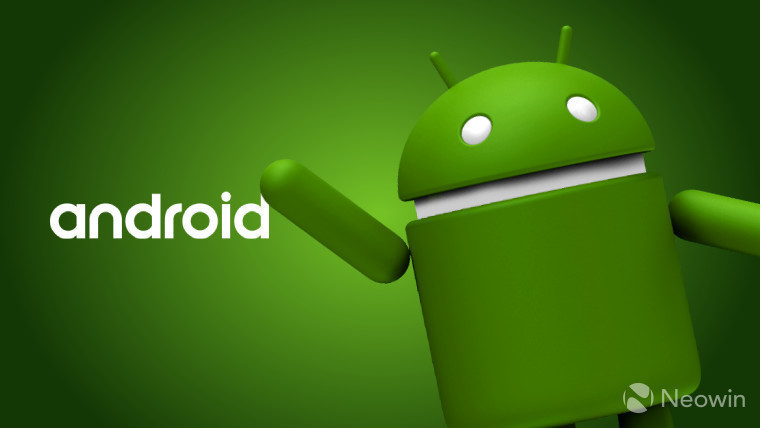
Google has published its latest monthly breakdown of platform usage, showing the proportion of active devices running each version of the Android OS. The data was collected during a seven-day period ending on February 5, and only represents devices that have visited the Google Play Store during that period, so it does not include AOSP devices.
| Version | Codename | API | Distribution |
|---|---|---|---|
| 2.3.3 - 2.3.7 | Gingerbread | 10 | 0.3% |
| 4.0.3 - 4.0.4 | Ice Cream Sandwich | 15 | 0.4% |
| 4.1.x | Jelly Bean | 16 | 1.7% |
| 4.2.x | 17 | 2.6% | |
| 4.3 | 18 | 0.7% | |
| 4.4 | KitKat | 19 | 12.0% |
| 5.0 | Lollipop | 21 | 5.4% |
| 5.1 | 22 | 19.2% | |
| 6.0 | Marshmallow | 23 | 28.1% |
| 7.0 | Nougat | 24 | 22.3% |
| 7.1 | 25 | 6.2% | |
| 8.0 | Oreo | 26 | 0.8% |
| 8.1 | 27 | 0.3% |
The biggest news has to do with Nougat and Oreo. Over a year and a half after Google first announced Android 7.0 Nougat, it"s now the most used version of the OS, at least on Google Play devices. Previously, it was 6.0 Marshmallow, which is finally starting to show a decline in usage.
While it"s no surprise that an Android version would take so long to reach the top, Oreo is off to more of a rocky start. 8.0 Oreo is now more than five months old, and the combination of 8.0 and 8.1 have finally reached over 1%. The truth is that many companies simply haven"t pushed out updates yet, and some devices are still shipping with Nougat.
Everything else saw modest declines in usage, as they tend to do. Gingerbread and Ice Cream Sandwich are continuing to fade away, at 0.3% and 0.4%, respectively. In fact, Gingerbread isn"t even supported anymore.
Presumably, Oreo will continue to rise in usage, but it"s unclear how long it will take for that to happen.